It’s a tiny space. But it’s your home.
You spend a lot of time in your apartment. And you’ve come to love it.
But you’ve heard good things about growing your own food. If only you had outdoor space for a garden.
But it doesn’t have to be that way. You can grow your own food even in your apartment.
You’ll be surprised by the garden you’ll create with your creativity and apartment gardening.
What is apartment gardening?
You live in an apartment. And that means limited space.
But you’re only limited by your mind when it comes to growing plants in your home.
Apartment gardening is a way to utilize your space to grow your own food. This means using available space like windowsills, fire escapes, hanging planters, bookshelves, and even closets.
What are the benefits of apartment gardening?
Growing plants in your apartment bring you closer to nature. This is especially useful when you live in an urban environment that lacks this.
The plants that surround you in the apartment will provide you with a relaxing environment. This helps you calm down when you’ve had a stressful day at work.
The plants you grow can help purify the air. This gets rid of toxins like ammonia, formaldehyde, and benzene.
Growing plants in your apartment mean you’ll open the windows up to get sunlight. This helps the plants as well as you get plenty of sunlight and vitamin D.
The entire process of starting plants, growing and harvesting them is mentally stimulating. It helps keep your mind sharp, boosts memory and brain power.
Most people don’t eat healthy because they grab whatever they can get because of their busy schedule. But when you grow your own food, you are aware of your harvest. And it encourages you to eat more fruits and vegetables.
Growing your own food will save you some money on grocery bills. Herbs and greens can get quite expensive at the store. Growing your own helps. And you save up on the gas to drive up to the grocery store.
What is the best location for growing plants?
Before you start apartment gardening, there’s something you should find out. Check with the concerned people if you can grow plants in your home. There could be rules and regulations on what you can and cannot do.
Location
If everything is fine, it’s time to choose the best location for growing plants in your apartment. This could be available space such as a balcony, patio, wall, windowsills, fire escapes, rooftops, and parking lots.
How much sunlight is available?
Sunlight is one of the most important factors that determine what plants you can grow. Your apartment could be getting full sun, partial sun, partial shade, or full shade.
Full sun means the location gets at least 6 hours of direct sunlight. Partial sun means the location gets around 4 to 5 hours of direct sunlight.
A place with partial shade gets about 2 to 4 hours of sunlight. And a location with full shade gets less than an hour of direct sunlight.
To know how much sun a particular location gets, you can monitor the sunlight for a day. Every 2 hours, take a picture or note down the sunlight that reaches the area.
The sunlight could be obstructed by buildings or walls. It could also vary based on the season of your location.
Once you know the location and the sunlight it receives, you can look for plants that match these requirements.
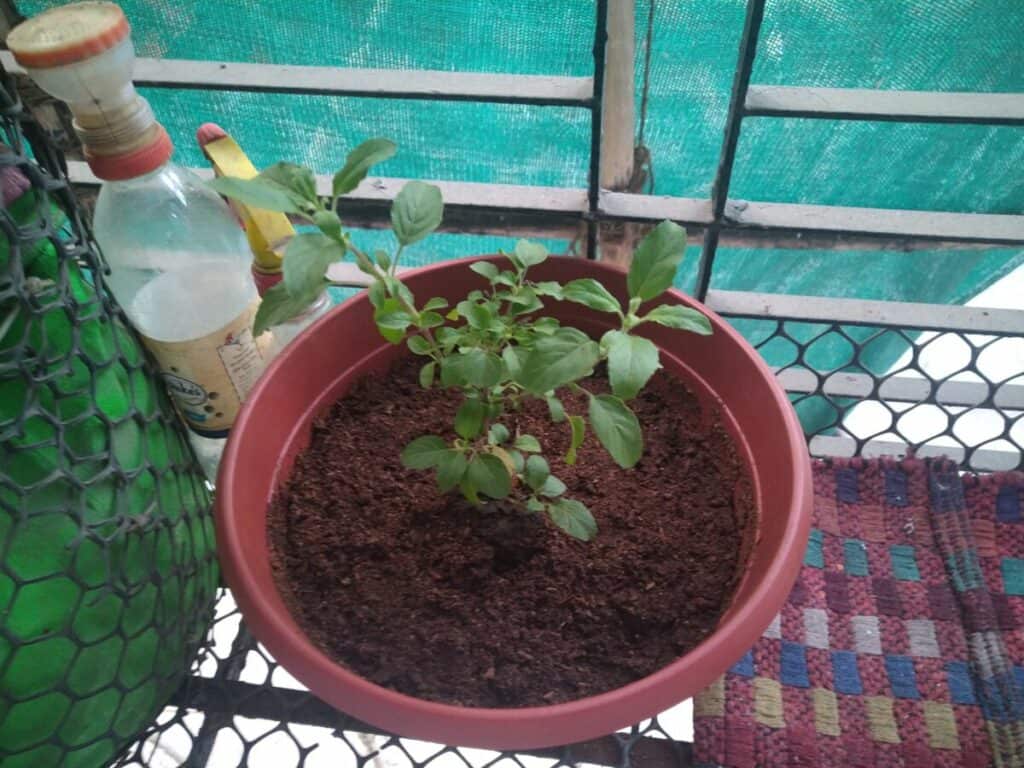
How much wind hits the location?
Wind can be bothersome for some plants while others don’t mind. This depends on how fragile the plant is.
You can create windbreaks that help protect such plants. You could place the larger wind tolerant plants in front of the smaller plants. Or you can put such plants in low pots near the floor.
How cold does the location get?
The coldest your location can get depends on the weather of the area. The easiest way to know this is to refer the USDA plant hardiness zone.
This is a map of the US that tells you the lowest temperature that a particular location reaches. And you can choose to grow plants that suit your hardiness zone.
But growing inside an apartment has its advantage over the weather. Your location will create its own microclimate that differs from the outside.
This means you can grow a variety of plants that would not be possible to grow outside.
How much care can you give?
Growing your own garden is a responsibility. You’re going to spend time taking care of the plants. So the type of plants you grow depends on the amount of care you can give.
There are some plants that need more care than others. This care includes watering the plants and providing them with the right nutrients.
Are you capable of watering the plants every day? Do you work a lot and have to travel as part of work? Can you ask someone to take care of the plants in your absence?
These are some of the questions you need to ask yourself before choosing the type of plants.
There are some techniques that can help you reduce some effort. You can use methods like drip-irrigation or self-watering containers. This reduces the amount of watering you need to do.
You could grow low-care plants that don’t need a lot of maintenance. This could include drought-resistant plants that can survive with just a little water.
The best idea would be to start slow and check out how much care your plants will need. You can then adjust accordingly and make changes in what you want to grow.
What plants should you grow?
The type of plants you can grow depends on your goals
Would you like to grow plants that look good? Then you should consider growing ornamental plants.
Maybe you’re a practical person and want to grow your own food. You should consider growing herbs, fresh greens, and vegetables.
Do consider your budget when starting apartment gardening. The large plants cost a lot more than the smaller ones. So what you grow depends on how much you spend.
You can consider buying second-hand pots that could save you some money. Or you could go DIY if you’re creative and willing to spend the time.
The kind of plants you grow does depend on the location you have with the amount of sunlight they can receive.
If you enjoy eating some vegetables, it would be good to grow them. You’ll be happy growing and harvesting them. And it would save you money in the process.
The type of plants you grow depends on the weather and hardiness of the region you live in.
Here are some of the plants you can consider growing in your apartment garden.
Herbs like basil, cilantro, rosemary, thyme, mint, ginger, parsley.
Microgreens, salad greens like spinach, romaine, kale, lettuce.
Tomatoes, lemons, bell peppers, mushrooms, carrots, radishes, oranges, strawberries, blueberries.
Green beans, scallions, zucchini, cucumbers.
Choosing the containers
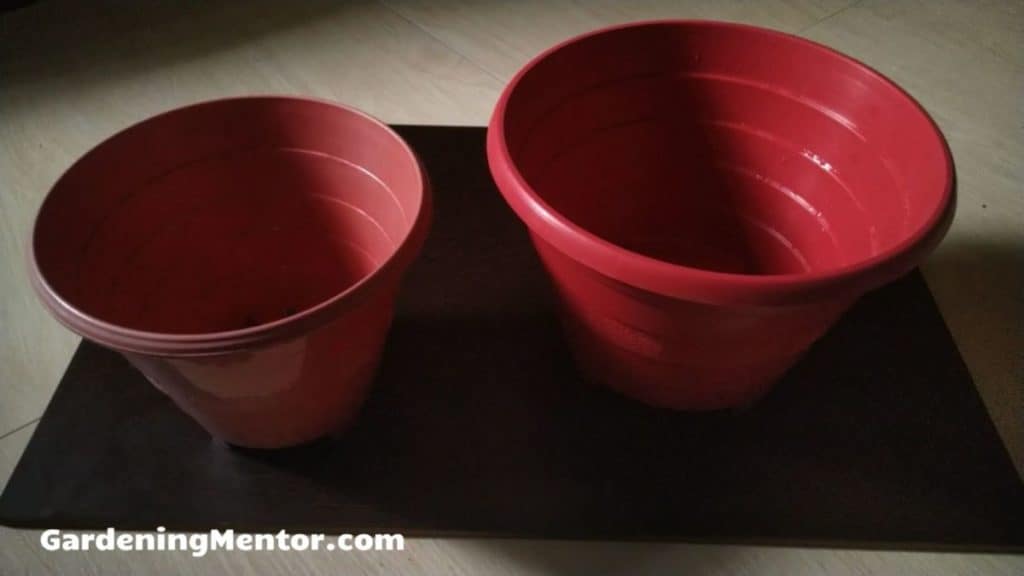
Apartment gardening goes well with container gardening. That’s because you can have the containers in your apartment to grow food.
The containers take up less space, look good, and can be used to grow many types of plants.
If you combine container gardening with growing vertical, you can save even more space. This helps you grow lots of vegetables enough for your needs.
It’s important to pick the right containers for your need. You can get inexpensive containers like plastic. Or expensive ones made with clay, ceramic, or metal.
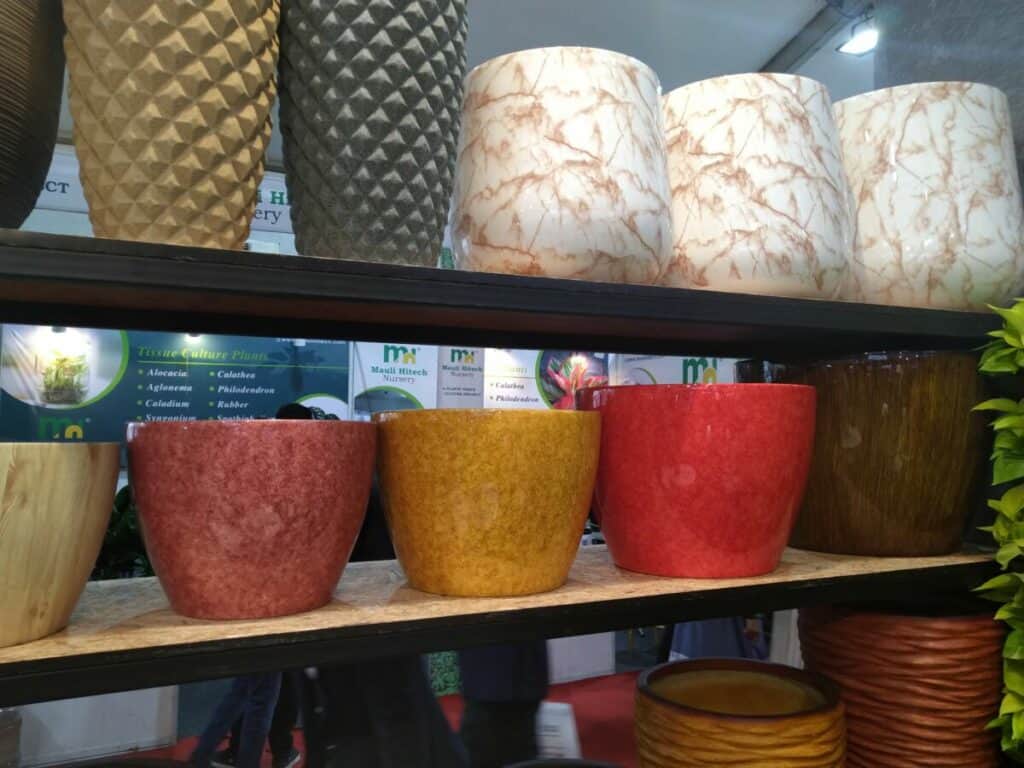
The plastic ones don’t look that great but are good at retaining moisture. The clay pots lose moisture because of their porous nature. So you need to water your plants more often. You can place a saucer underneath the pot to help them absorb some moisture.
You can choose the containers that match the look and feel of the apartment. You could use clay or ceramic pot that holds a plastic pot inside. This helps you get the aesthetic look while retaining the benefits of a plastic pot.
Check the needs of the plants you grow
It’s important that you know what your plants need as you start to grow them. You can get this information on the seed packet if you’re growing from seed. Or you can search for the information on Google.
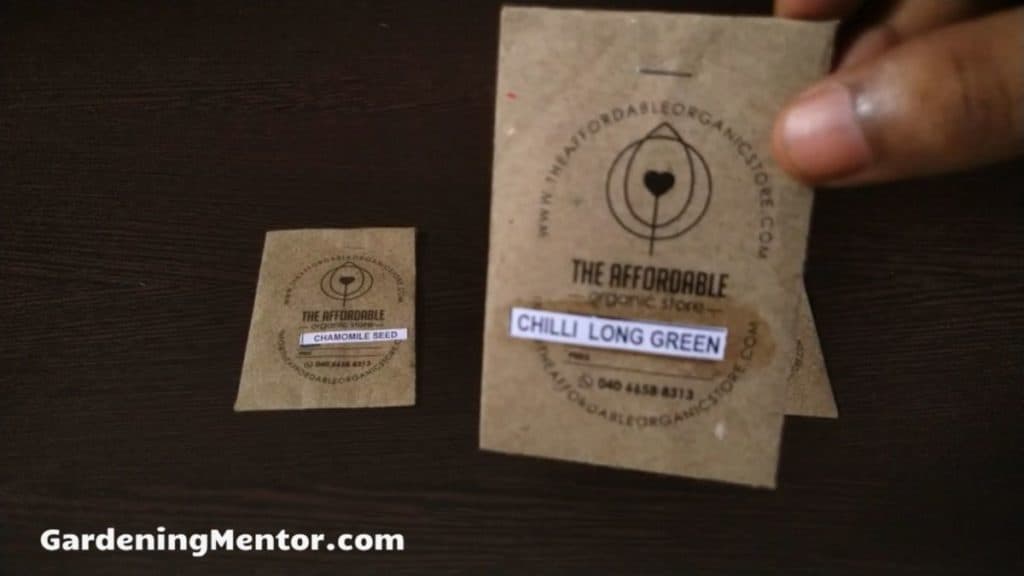
We have already seen that the plants can have different needs when it comes to sunlight. Some plants need a lot of sunlight while others will be just fine in shade.
You should know the location in your apartment and the amount of sunlight it gets. Grow plants based on how suitable they are to that location.
Soil is important for your plants to develop well. Don’t use the soil from the backyard for your garden. That may not contain the right nutrients. And worse, it can be polluted.
You should go for a good quality potting soil that contains the right amount of nutrients. It should retain enough moisture but drain out the excess.
If you can get hold of some compost that works as a great source of nutrients and texture for your containers.
Plants that are vines like green beans may need support with a trellis so they can grow vertically. Or if you’re growing tomato plants, it’s good to grow them in a cage that can support the weight of the fruit.

How to grow the plants?
There are some tips that can help you get the best out of your plants when growing them.
It’s good to have a large container that gives your plants extra room so that their roots can grow. Research about the plant you want to grow and get an appropriate pot for it.
When choosing a potting soil, get one that is organic and does not come with added fertilizers. If you can, get a few worms and place them in the container. They’ll help aerate the soil and improve the nutrients in it.
Always follow the instructions that come with the seed packets or the seedlings.
Remember to water the plants regularly. You can set a reminder in your calendar on when to water the plants.
It’s good to start small and focus on a small number of plants before you expand your apartment gardening.
How should you water the garden?
Plants in an apartment garden need more water than growing outdoors. That’s because they can’t spread their roots in search of the water.
When the plants are in direct sunlight or in warm weather, they need more water. If you don’t have the time to water plants often, you can consider using self-watering containers.
You fill the reservoir of these containers with water which the plants can absorb when needed.
You can consider growing plants that are low-care and drought resistant. Then you don’t need to water the plants as often.
Larger plants need a lot more water than smaller plants. This could help you make the decision of which plants you want to grow.
If the faucet is far away from the plants, it might be good to invest in a large watering can. This can help you water the plants without having to fetch water often.
What gardening tools you need?

There are some gardening tools that can make your life of apartment gardening a bit easier.
Garden fork
A garden fork can help you with loosening or aerating the soil in the container.
Gardening gloves
Waterproof gardening gloves can help you work with the soil without messing up your hands. You can use them for removing weeds, deadheading, picking leaves, or dealing with thorny plants.

Hand trowel
A hand trowel is a useful gardening tool that can help you when planting seeds and seedlings.
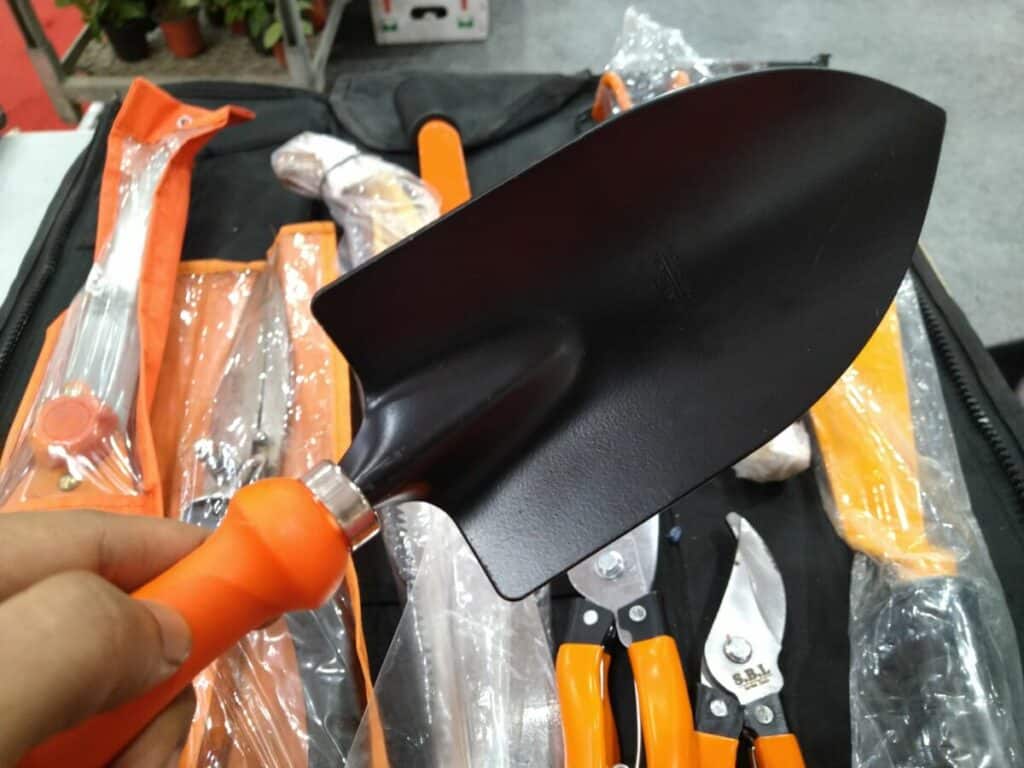
Hand pruner
A hand pruner can be helpful when you want to prune the branches and leaves from the plants. It helps you get precise and clean cuts without damaging the plants.
You can use them for trimming, edging, and cutting back the plants.
Hand rake
A hand rake is a useful gardening tool you can use for picking up debris and piles of leaves
Watering can

A watering can is an essential gardening tool that you use for watering your plants. This is especially useful when you have a lot of plants placed at different locations in the apartment. It will help you save the time when providing the required water to your plants.
Gardening seat
When growing in containers, you may do a lot of the gardening work bending or on your knees.
A gardening seat is useful so you can tend to your plants without stress on your back or knees.
Conclusion
Apartment gardening is a simple idea.
It shows you how to grow a garden in your house without the need for a lot of space.
All you need is to bring out your creativity and ideas on growing plants in locations suitable for them.
The first step to start an apartment garden is to know the type of locations you can use. And the type of plants that suit those locations.
So don’t wait any longer. Get started with your garden and soon you’ll be growing your own food.

Fact Checked, Written, and Published by Kevin Rodrigues
Kevin is the founder of Gardening Mentor, a website that aims to teach people to grow their own food in a limited space. As a self-taught gardener, Kevin has spent several years growing plants and creating gardening content on the website. He is certified in Home Horticulture and Organic Gardening from Oregon State University. He has a Post Graduate Diploma in Horticulture and Landscape Gardening from Mumbai University.
Read more
